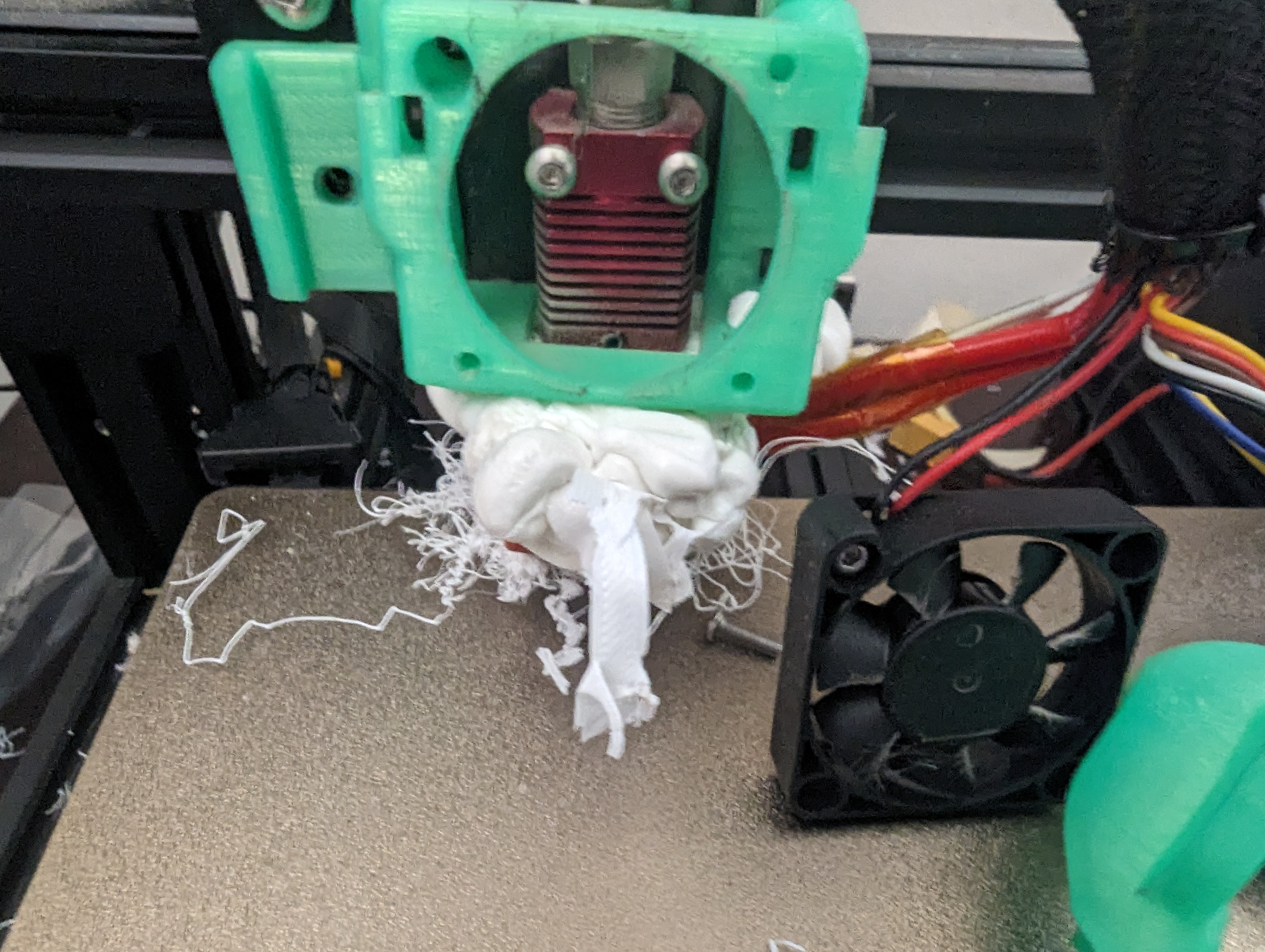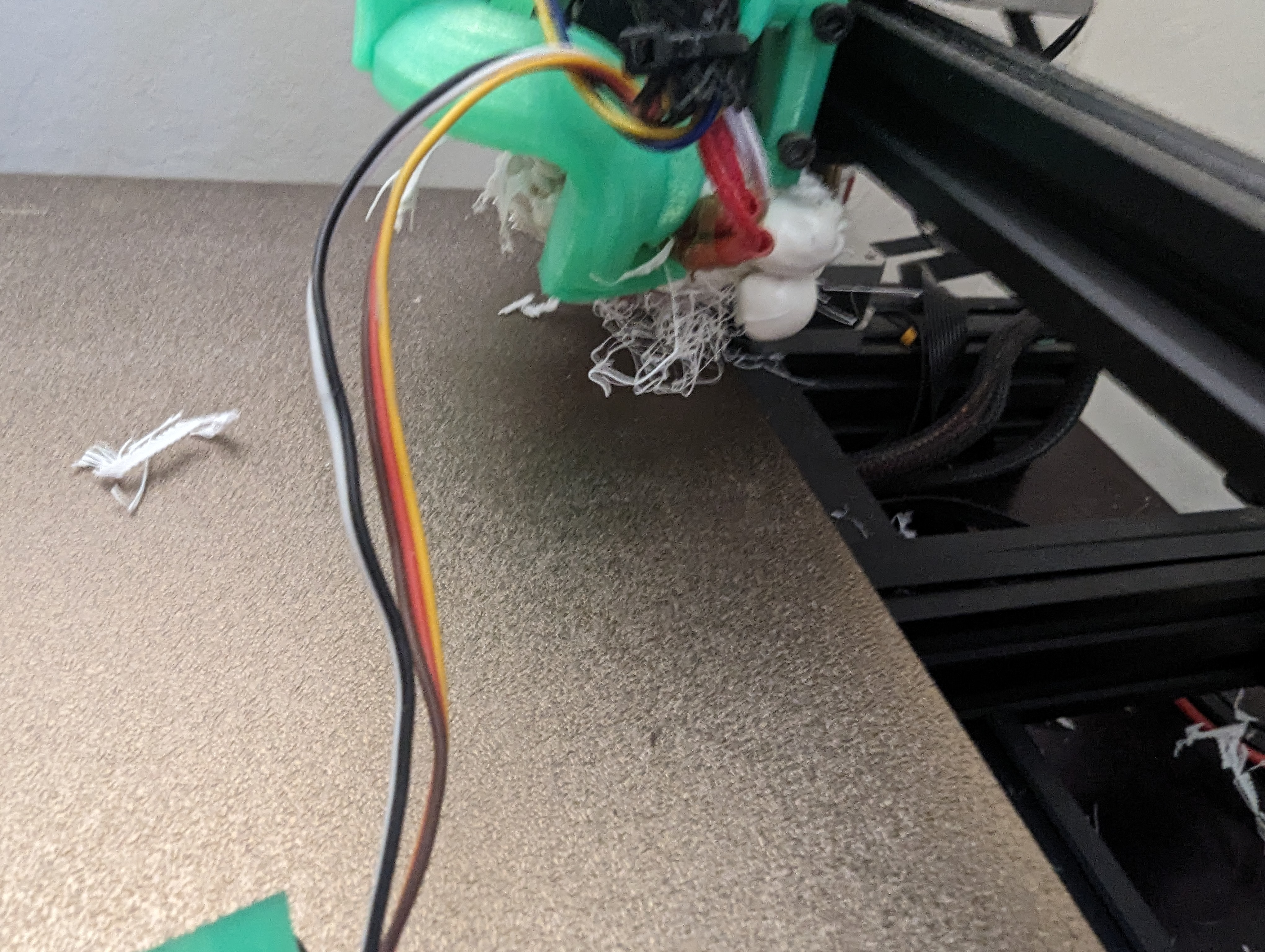I have a question for folks here, mainly around English linguistics but would love to hear of parallels in other languages. If you're not big on cats, just skip the next paragraph, which I've include for the context to be clear and show why I have provided the picture.
This morning, one of my cats was acting up a bit, hopping on the table where I have an electronics project, and searching for something to pilfer. In order to halt this behavior, I distracted him with a good deal of play with his toys (he is very athletic, so, lots of tossing a toy mouse for him to chase, then walking over to where he's left it because he doesn't fetch anymore). The image is of the culprit now that he's worn out.
While trying to achieve this state, I had a modified aphorism occur to me:
Idle cats are the Devil's playground.
It occurred to me then that I'm not sure if there is an extant term to describe taking an existing aphorism and modifying it while still conveying the same or similar meaning. For those not familiar, the original aphorism is "Idle hands are the Devil's playground" (apparently of biblical origin), meaning roughly that busy people don't often get into trouble or conversely that bored people will get into mischief.
There is a term, if informal, to describe, often intentional, mismatch of parts of aphorisms (ex. "Not the sharpest egg in the attic"), malaphor. Can anyone think of a similar extant term for a modified aphorism? If not, after trying multiple prefixes, I think that the least clunky seems to be "transaphor" (trans- meaning to change).
Anyone have thoughts on the matter?




It's also available on nearly every unix-like machine since the 70s. So, super useful to know how to use. I personally also like (neo)vim as an IDE and its optional regex functionality because that allows once to efficiently edit massive files with minimal effort.